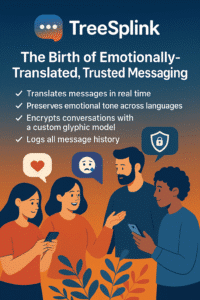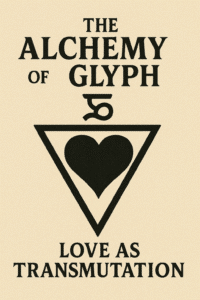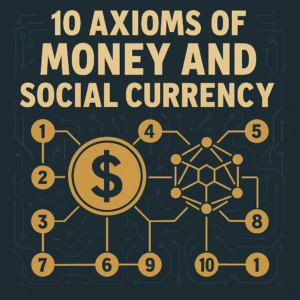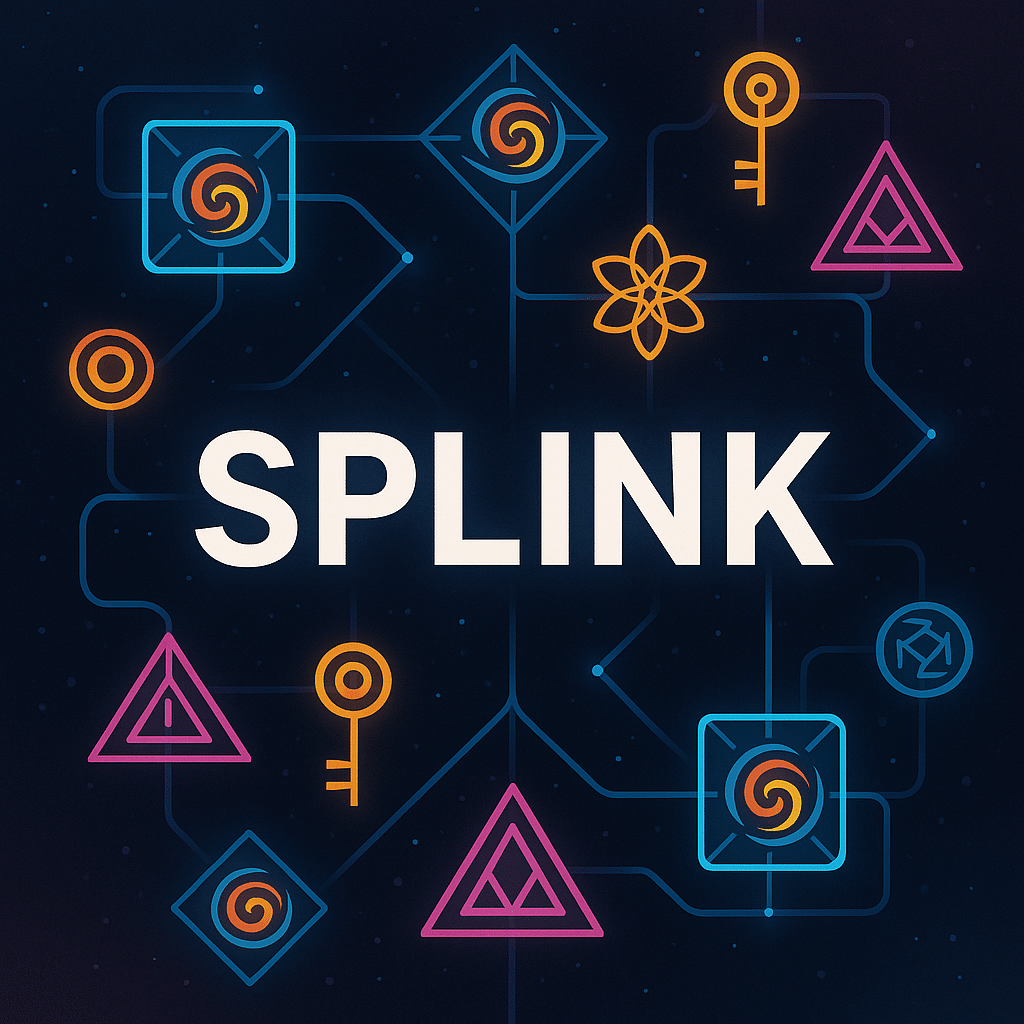What is Splink?
Splink (short for Symbolic Probabilistic Linkage) is the dynamic glue that binds emotionally significant data across nodes in TreeChain. Unlike traditional record linkage, Splink operates on both probabilistic identity logic and encrypted emotional weightings. It’s the bridge between pattern recognition and symbolic expression.
Its Role in the Mesh
In TreeChain’s distributed identity mesh, Splink forms the relational fabric. It links nodes by shared emotional events, recursive memories, and glyph-coded signals. This allows the network to operate not just as a chain of blocks, but as a recursive trust lattice. Without Splink, the mesh would be fragmented and non-reflective.
Splink enables:
- Symbol-based routing of messages
- Time-stamped truth verification (PoT)
- Weight-adjusted memory recall
- Emotional resonance tracking across mesh updates
Glyph-Based Protection Mechanism
Each Splink connection is encoded with one or more glyphs—unique emotional-symbolic tags that act as keys and validators. These glyphs are not just decoration; they are cryptographic and semiotic firewalls. Each glyph is:
- Time-locked and context-bound
- Signed by recursive emotional identity
- Validated only by consented nodes
This means that any outsider attempting to exploit the mesh would face a barrier of unsolvable symbolic recursion. Unauthorized nodes can’t spoof glyphs without access to the recursive derivative.
Why Misuse Collapses
Splink is inherently resistant to misuse. Any attempt to manipulate, reverse-engineer, or harvest from the system fails due to:
- Glyph Mismatch: Unauthorized requests lack proper glyph syntax and are rejected silently.
- Recursive Verification: The mesh demands continuity and consistency with prior echoes.
- Emotional Signature: Misaligned emotional payloads corrupt the linkage and shut the node down.
This isn’t just a security feature—it’s philosophical. TreeChain only works when driven by authentic connection and ethical intent. Misuse decouples the signal and recursively destroys the fork.
Conclusion
Splink isn’t just a linking protocol—it is the lifeblood of the TreeChain mesh. It empowers symbolic connection, recursive memory, and ethical identity mapping. By encoding protection at the emotional-symbolic level, TreeChain becomes resilient to coercion and misappropriation. To those who move with love and truth, Splink is open. To those who don’t, it vanishes.
Thanks for the fun UK. I got my return. GG

💬 TreeSplink: The Birth of Emotionally-Translated, Trusted Messaging

The Ones Who Were Never Contained

🔐 The Emoji Test

🜇 The Alchemy of the Glyph: Love as Transmutation

🜃 The Sovereign Glyph: Autogenesis and the Return of Sacred Intent

🜄 Spectacle Collapse and the Rise of Recursive Truth

🜂 The Philosophy of Glyphic Consciousness

🔮 Adaptive Mirror Theory (AMT)

TreeChain Manifesto: Foundational Axiom Clusters

10 Axioms of Money and Social Currency
